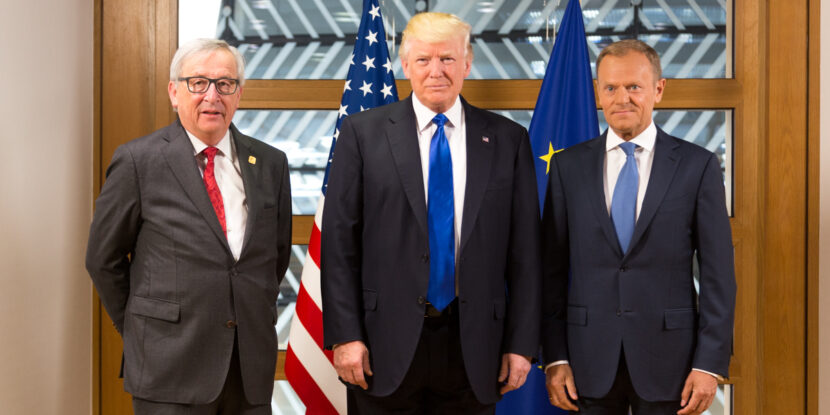As the President’s latest announcements on coronavirus sink in, many are asking the question: why is travel from Europe banned?
European authorities have reacted predictably to the ban, decrying President Trump’s refusal to consult them ahead of the announcement. The President of course has no such obligation.
“The coronavirus is a global crisis, not limited to any continent and it requires cooperation rather than unilateral action,” the European Commission said.
So why the ban, and what does it cover?
The travel ban applies to people who have spent 14 days in countries which are part of the Schengen open borders agreement in Europe. The ban doesn’t apply to U.S. citizens in Europe, and there are further exceptions for family members, spouses, and more.
Furthermore, countries such as the United Kingdom, or Ireland, will not be affected as they are not part of the open borders zone.
Britain is one of the U.S.’s largest trading partners, with 42,000 U.S. companies exporting to the UK, and the pair are amongst each other’s largest export markets.
The ban comes as Europe continues to struggle to contain the coronavirus, and as the continent continues to export coronavirus to other parts of the world.
To date there have been over 200 cases from Europe exported to over 50 other countries.
Italy is now almost totally shut down, with most businesses and places of work being closed as the country suffers the heaviest strain in the world apart from China.
Germany has also seen an influx of cases, and Chancellor Angela Merkel has warned that 58 million people – around 70 per cent of the nation’s population – could become infected.
“The European Union failed to take the same precautions and restrict travel from China and other hotspots,” said President Trump. “As a result a large number of new clusters in the United States were seeded by travellers from Europe.”
Additional recent news from Europe includes Denmark shutting down schools and universities for weeks, Swedish gym closures, bans on large public events, and states of emergency being declared across the continent.
The countries in the Schengen area are: Austria, Belgium, Czech Republic, Denmark, Estonia, Finland, France, Germany, Greece, Hungary, Iceland, Italy, Latvia, Liechtenstein, Lithuania, Luxembourg, Malta, Netherlands, Norway, Poland, Portugal, Slovakia, Slovenia, Spain, Sweden and Switzerland.


